Disaster can strike at any moment, whether it’s an EMP attack knocking out the power grid, a natural disaster, or any unforeseen crisis. In such situations, having the right survival items can make all the difference. Surprisingly, some of the most effective tools are simple, everyday items that are inexpensive and versatile. Here are six cheap survival items every prepper should have on hand:
1. Garbage Bags
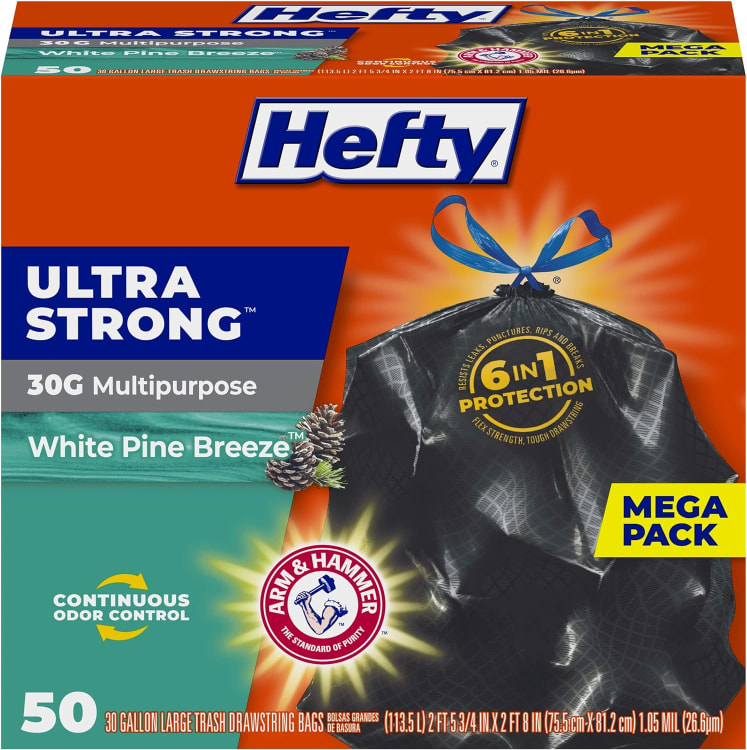
Garbage bags are incredibly versatile and can serve multiple purposes in an emergency. Here’s how they can be lifesavers:
- Collecting Rainwater: By tying a garbage bag to a tree branch or another elevated point, you can funnel rainwater into a container or directly into the bag itself. This is essential for securing a water supply when other sources are unavailable.
- Makeshift Ponchos: Cutting a hole for your head and slipping the bag over your shoulders can keep you dry during unexpected downpours, helping to prevent hypothermia in wet and cold conditions.
- Temporary Sleeping Bag: A garbage bag can serve as a liner to retain body heat and provide extra insulation against the cold ground.
- Waste Management: In emergencies, managing waste is crucial to prevent the spread of disease. Garbage bags can line makeshift toilets or securely contain waste, keeping it separate from living areas and food supplies.
2. Aluminum Foil

Aluminum foil is another multi-use marvel that often goes overlooked. Its applications in survival situations are diverse:
- Cooking: Wrapping food in aluminum foil allows you to cook it evenly over an open flame without losing precious nutrients and moisture. It can also act as a makeshift cooking pot or grill.
- Signaling: In dire situations, aluminum foil can create reflective signals to attract attention from rescuers. Shaping the foil into a mirror or reflective strip can reflect sunlight or flashlight beams, making you more visible from a distance.
- Insulation: Aluminum foil can insulate your shelter by reflecting body heat back towards you, which is particularly useful in cold weather conditions.
3. Duct Tape
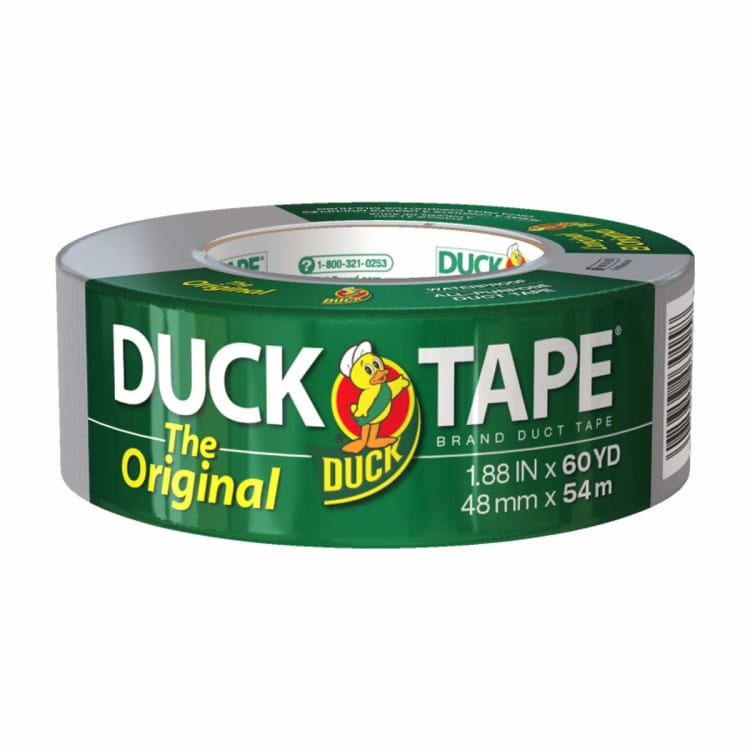
Duct tape is a must-have in any emergency kit due to its strength, durability, and wide range of applications:
- Sealing Gaps: In a storm with shattered windows, duct tape can quickly seal gaps, keeping out the elements and maintaining your shelter’s integrity.
- Constructing Shelters: Use duct tape to secure tarps or plastic sheets, providing protection against harsh weather.
- Makeshift Bandages: Combine duct tape with cloth to create sturdy, waterproof barriers for wounds.
- Repair Gear: Mend broken tent poles, damaged backpacks, or essential gear to ensure functionality when needed most.
- Waterproof Containers: Make containers suitable for storing important documents or electronics during a flood.
4. Solar-Powered Flashlight
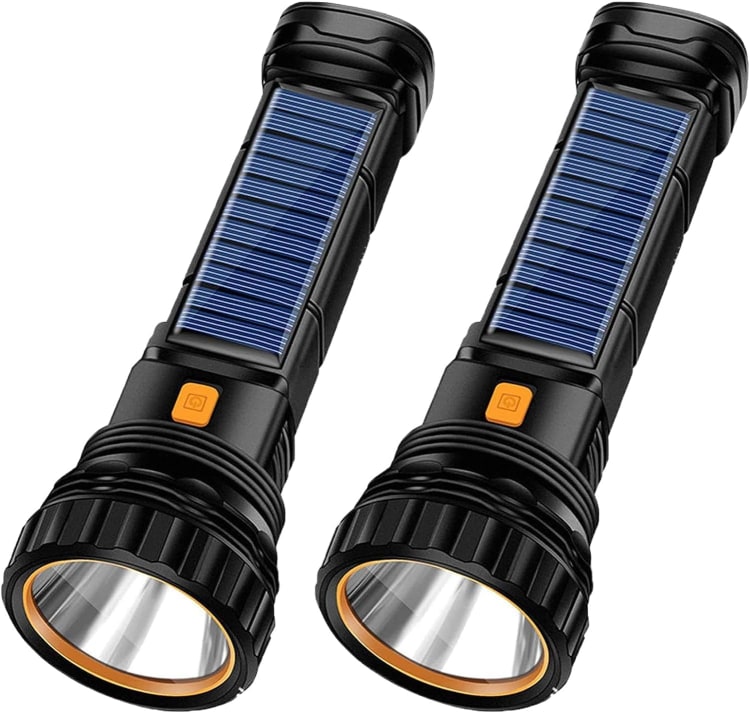
A solar-powered flashlight is a sustainable and reliable source of light, especially in urban disasters where power outages can last for days:
- No Batteries Needed: Unlike traditional flashlights that rely on batteries or manual cranking, a solar-powered model harnesses the sun’s energy, ensuring it’s ready when you need it most.
- Emergency Preparedness: In a blackout or natural disaster, having a solar flashlight means you’re not scrambling for batteries. It provides a steady light source that can last through the night and recharge at dawn.
5. Safety Pins
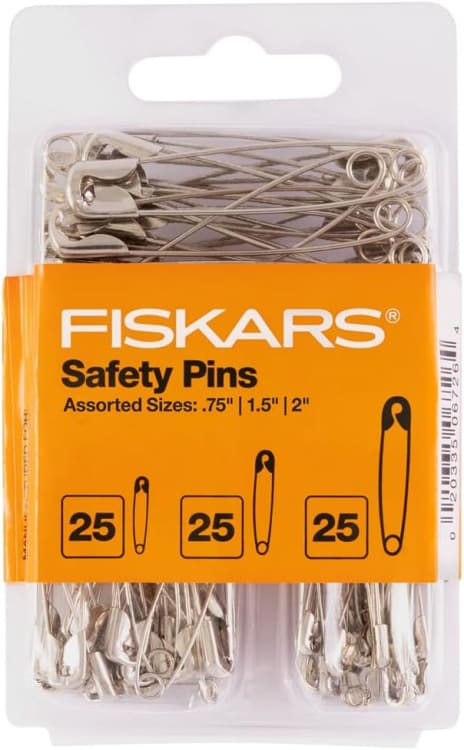
Safety pins are small but mighty, with a multitude of uses in survival situations:
- First Aid: Use safety pins to secure bandages or makeshift dressings in place, protecting injuries from further exposure.
- Clothing Repairs: Fix torn sleeves, broken straps, or malfunctioning zippers, maintaining your warmth and protection in harsh environments.
- Fishing Hooks: In a pinch, bend a safety pin into a rudimentary but effective fishing hook for catching small fish.
6. Bandanas
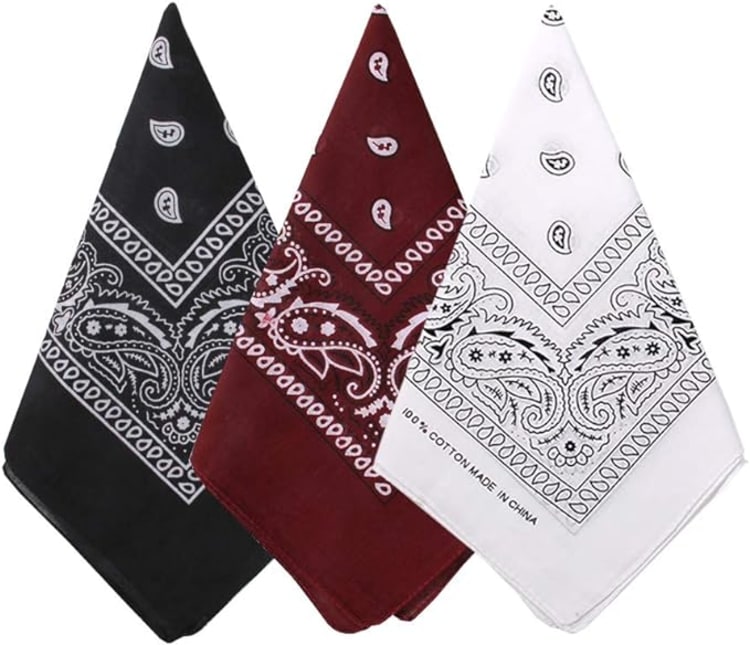
Bandanas are incredibly versatile and can be used in various emergency situations:
- Tourniquet: Quickly turn a bandana into a tourniquet to slow the loss of blood, potentially saving a life until medical help arrives.
- Sling: Twist a bandana into a sling to help stabilize a broken or sprained arm.
- Dust Mask: When the air is thick with dust or smoke, a bandana tied over your nose and mouth acts as a makeshift dust mask, filtering out harmful particles.
- Pre-Filter Water: Use a bandana to pre-filter larger debris from water before boiling it, ensuring you have cleaner, safer drinking water.
These simple, everyday items can significantly enhance your chances of survival and comfort in a crisis. Make sure to stockpile these essentials, as the smallest items can sometimes have the biggest impact on your survival. Stay prepared and stay safe.





